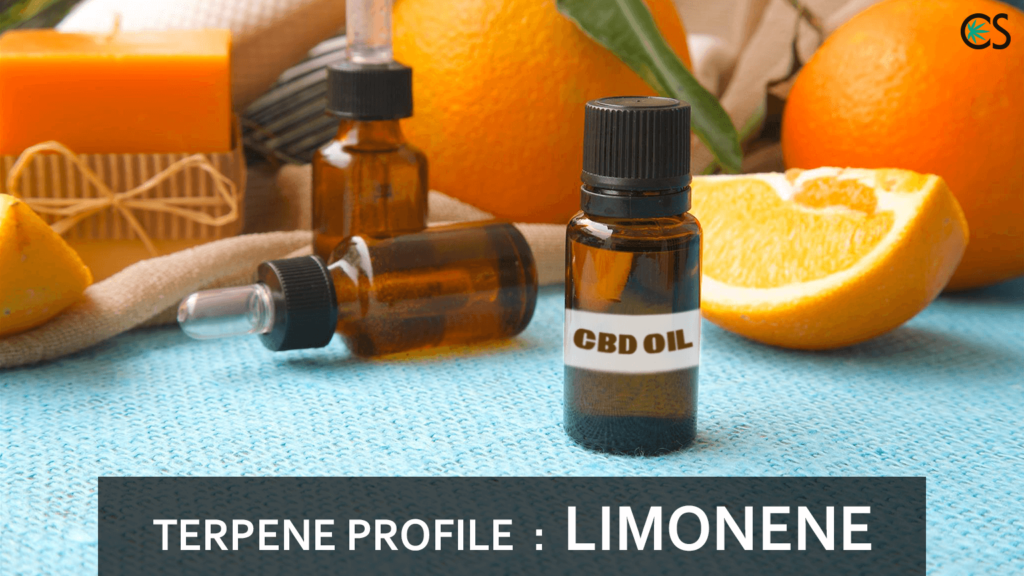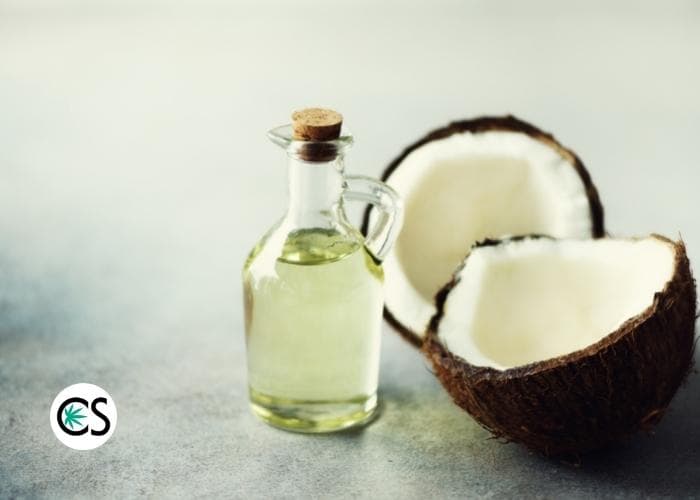So you’re new to the world of CBD and are interested in trying CBD oil but are a bit apprehensive because you may have heard that the taste isn’t great.
Well, first there’s nothing to worry about. While CBD comes from the cannabis plant, most associate it with marijuana smells which are pretty potent, similar to the spray a skunk gives off when it is fearful, CBD oil doesn’t taste like a smelly skunk.
In fact, CBD oil without any added ingredients doesn’t taste like much, it’s actually pretty bland and earthy-tasting.
Before we dig a bit deeper into how CBD oil tastes, and ways to combat the taste if you desire to, let’s first discuss what CBD oil is.
What is CBD Oil?
READ: What is CBD (Cannabidiol)?
Assuming you’re relatively new to CBD it’s always good to get a quick CBD 101 lesson so you can build a strong foundation prior to further exploring CBD.
CBD, short for cannabidiol, is one of roughly 100 compounds, called cannabinoids, that are found in the cannabis plant. While THC is the most popular cannabinoid, CBD runs a close second these days, and although THC can give you a psychoactive “high” feeling, CBD doesn’t.
CBD actually gives many people a relaxed feeling and has become many people’s go-to when it comes to assisting with sleep issues, feelings of anxiety, and other conditions.

What are Terpenes and Why Do They Matter?
DISCOVER: What are Terpenes in Cannabis?
Terpenes actually exist in all plants, trees, and flowers. They are a plant essential oils and there are about 200 individual terpenes found in cannabis.
The terpenes are responsible for the smell, taste, and color of cannabis.
You may have heard about a CBD product’s terpene profile. Well, this profile is something that is presented to a brand after they’ve gotten a third-party lab test which tests for not only the terpene profile but also the cannabinoid profile, whether the product has any traces of heavy metals, if the solvents used were organic, pesticides, and biological contaminants.
If a brand’s CBD oil doesn’t add any natural or artificial flavors to its CBD oil you will most likely taste a hint of the hemp plants terpenes.

Carrier Oils Make a Difference
DISCOVER: What is a Carrier Oil
As you may have guessed, carrier oils, are what deliver the CBD to your system. Every CBD oil, or CBD tincture, contains a carrier oil that the CBD dissolves in.
Bioavailability is important when it comes to CBD consumption. While CBD is fat-soluble, which allows it to dissolve in oil, having a carrier oil part of the product and process adds to the CBDs bioavailability, which means you will receive a higher percentage rate of CBD that gets absorbed into your bloodstream.
When a substance is fat-soluble it does not enter your bloodstream directly, unlike water-soluble substances which pretty much go directly into your bloodstream.
Instead, fat-soluble substances make their way into fatty tissues that are either distributed throughout your body via the lymphatic system or stored for later usage in your liver or fatty tissues to be used at a later time.
So, why does all this matter?
Well, because there are a few carrier oils that CBD brands use in their CBD oil, MCT coconut oil, olive oil, or hemp seed oil.
Each of these carrier oils has its own flavor which can be tasted if a CBD oil doesn’t contain any additional flavorings to enhance or mask the taste.

What Does CBD Oil Taste Like?
On its own with solely the carrier oil, which is how many brands sell their CBD oil tinctures, CBD oil tastes nutty, with a hint of earthy taste.
Some people do not enjoy the taste, while others accept the taste and believe that the best way to consume CBD oil is with the least amount of ingredients so they are completely fine with this nutty taste.
The CBD industry has evolved to the point where brands are introducing new products that seem to be weekly, and different types of CBD flavors are something that brands usually introduce somewhat regularly.
Brands are looking for flavors, and ingredients, that resonate with their loyal customers, and when they find one that works they put it into their regularly scheduled production runs.
Below are some of the common flavors you will see in the CBD marketplace:
Mint, Orange, Lemon, Lime, Chocolate Mint, and Peppermint
How to Camouflage the Taste of CBD Oil
If you’re really not into the taste of a simplified CBD oil, meaning a CBD oil that doesn’t contain any added flavors, but would prefer not to purchase CBD oil that has additional ingredients to mask the flavor, there are ways to consume the CBD oil without tasting it.
Although, you won’t be sublingually (placing the CBD oil tincture under your tongue and allowing it to absorb into tissue found under your tongue which it then enters your bloodstream), administrating the CBD.
One of the easiest ways to consume CBD oil is to add it to a smoothy. If you’re making an individual drink for yourself you can simply add the amount of CBD that makes sense for you and add it to the smoothy prior to blending. The CBD tincture will take on the taste of the other ingredients of the smoothy and your tastebuds will have no clue CBD was added.
Along the same line of thinking you can add the natural tasting CBD oil to a drink of your choice that has a flavor that you enjoy.
If adding CBD oil to a drink isn’t your type of thing you can always look for a different way to consume CBD like CBD gummies, CBD capsules, or any other CBD product that will allow the taste to be masked.
How to Administer CBD Oil
If you still decide that CBD oil tincture is the way to go for you, the best way to get the CBD into your bloodstream is via sublingual administrating it.
Fill the dropper up with the amount of CBD that is right for you. Then place the dropper tip under your tongue and slowly squeeze the dropper so the CBD oil fills the pocket under you.
Let the CBD oil absorb into the tissue under your tongue without swallowing. This process should usually take about 30 seconds to a minute and a half.
Alternative CBD Products to CBD Oil
As mentioned above CBD oil tincture is not the only way to consume CBD, there are actually many different products that will allow you to take CBD. Below is a small list of additional CBD products that may interest you.
- CBD Edibles – This is one of the most popular categories within the CBD industry. Products include CBD chocolate, CBD gummies, and CBD gum.
- CBD Drinks – While still, a niche category CBD beverages is slowly growing to be available more and more. Some products include CBD-infused coffee, CBD tea, and CBD water.
- CBD Topicals – CBD topicals are a great way to target muscle aches and pains that your body may be dealing with. There are icy/hot topicals, along with lotions and salves that many people use to assist with many different conditions.
- CBD Capsules – Capsules or CBD soft gels are a great way to take a predosed amount of CBD, especially if you take vitamins daily and are used to this type of routine.
- CBD Flower/CBD Concentrates – If you are ok with inhaling smoke then CBD flower, CBD concentrates, and CBD cigarettes are a great way to receive CBD quickly into your bloodstream, along with receiving a higher bioavailability rate of CBD.
Conclusion
Consuming your CBD via CBD oil tinctures is a great way to receive the many benefits of CBD. It is a pretty good bioavailability rate if taken properly, sublingually, and it also allows the CBD to give you effects for a relatively long amount of time.
However, many people are turned off a bit by the earthy, nutty, natural taste of unflavored CBD oil. If you are one of these people, maybe purchasing a flavored CBD oil makes more sense to your taste buds.
There are also ways to mask the taste like adding to your favorite smoothy recipe.
Alternative CBD products are also a solution to the bland taste issue that many find when taking CBD oil.
Whatever the solution you find to be most appealing, it’s great that you are looking into CBD and the potential health benefits it may provide, and for that, you should be celebrated!
